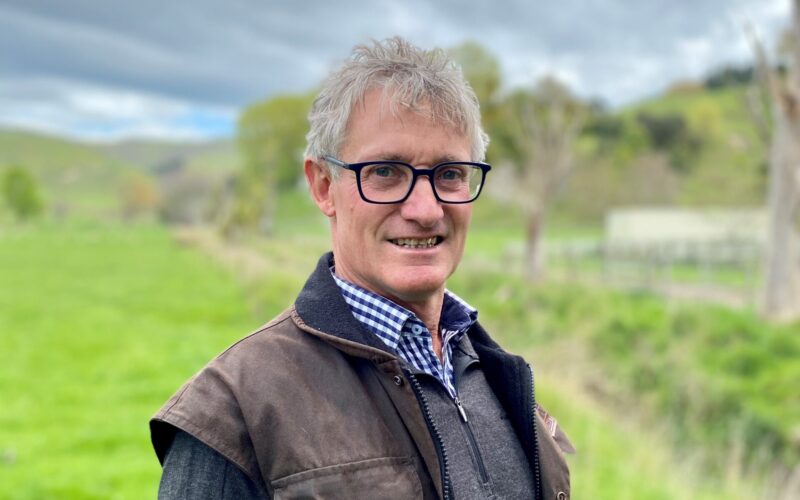Cyclone Gabrielle has underlined the urgency of farm restoration scheme Land for Life being rolled out on a wider scale throughout the Hawke’s Bay region.
Backed by United States-based conservation group Nature Conservancy, the scheme has been going through an assessment process with Hawke’s Bay Regional Council (HBRC) to determine costs and the benefits likely to come from it.
The scheme is an evolution of the “right tree right place” project developed six years ago, when distinct farm zones were identified on trial farms and mapped for their suitability for growing particular tree species.
Other revenue streams, such as carbon, are included and the remaining productive areas of farms are reconfigured and, in some cases, re-stocked with different stock classes.
Michael Bassett-Foss, HBRC’s project director, confirmed the urgency to get the scheme underway has only grown since Gabrielle, as farmers get a full picture of the damage their land has incurred and grapple with how to fix it.
It is estimated there are about 600 candidate properties on vulnerable soils in the region suitable for the scheme.
One trial farm, owned by Elsthorpe couple Evan and Linda Potter, has enjoyed a good profile among interested farmers. The couple ultimately intend to retire 200ha and leave 520ha in pasture. Bassett-Foss said there are an additional 11 properties that have now had their data assessed and farm environment plans completed for inclusion in the scheme.
He said the challenge for farmers will be how the conversion project will be funded on each farm. The business case has explored a number of options.
Project head Andrew Harrison said this may include looking at how native plantings’ carbon values could be loaded nearer the front of a planting’s life. Biodiversity credits may also emerge as a funding lever.
“We have had excellent feedback from all participants in this. We can see the potential to have 600 farms getting on board over the next three years. That’s a good proportion of the riskier farms in the region.”
He hopes the business case will be accepted by October by the HBRC.
The Nature Conservancy has built a portfolio of international projects undertaken by 4000 staff across 76 countries aimed at building land use resilience in the face of climatic challenges.
Other projects it is working on in NZ include restoring shellfish ecosystems in Hauraki Gulf.
The Hawke’s Bay project intends to focus on a “flood plains by design” process. Land is reshaped to enable broader river passages during flood events, removing some of the velocity from water flow while also reducing water losses off steeper country through replanting and vegetation.






